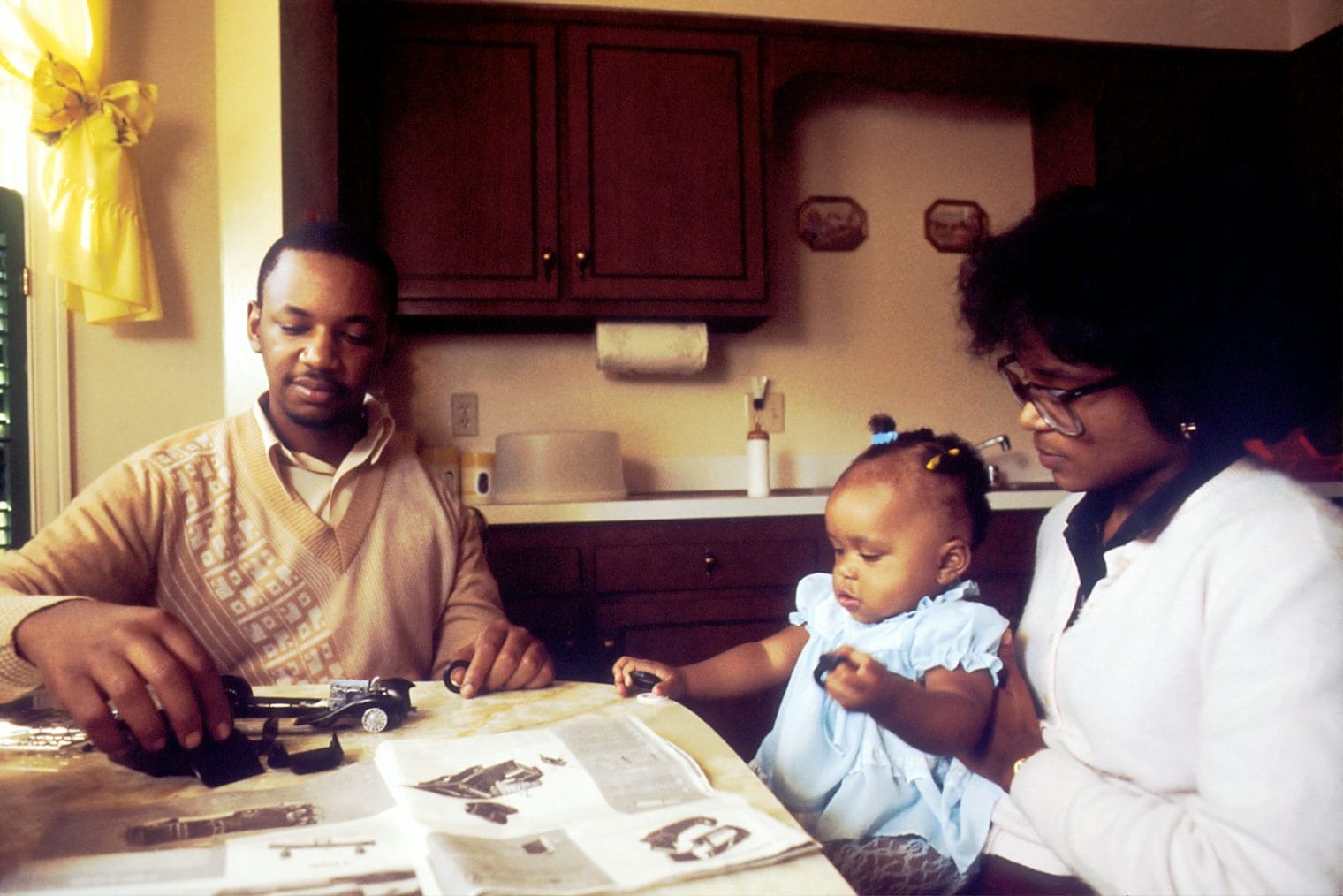
So, a few days ago, my mother approached me with an article she found interesting: https://www.forbes.com/sites/maryroeloffs/2023/07/19/teen-suicide-plummeted-during-covid-19-school-closures-new-study-finds/?sh=1050137fdd9b.
Published on July 19th, 2023, the Forbes article reports the findings of a 2016-2021 study on the rate of suicidality. Now, because I am terrible at writing coherent summaries when I actually want to, I will be using bullet points.
- Study is focusing on emergency department visits, specifically suicidal-related visits per 100,000 children (10-18 years old.)
- In 2019, 1,006 suicidal visits per 100,000 children were reported.
- During 2020, the rate of suicidality decreased to 942 children per 100,000 children.
- Researchers believe this is due to the lack of in-person schooling (school (stress factor) was taken out of the equation.
“Previous research has suggested children and teenagers face increased stress and decreased mental health during the school year because of known risk factors like poor sleep, school bullying and peer pressure about alcohol and drug abuse…”
The Forbes Article Posted At The Literal Front Of This Blog Post
This is good and all, this topic being brought to the light and being featured, but I was annoyed: why are people just finding this out now? Did we not already know this?
Apparently, we do not.
I know full well that there is a pathetic amount of stigma against mental health or any mental weakness at all, and that it will take time to change peoples’ opinions on it, but still, I am disheartened how slowly society seems to be accepting the emotional thing in general. Guys, what the heck?
Usually, recorded research on paper is all about vagueness, not stating you know something until you have strict, direct evidence. Don’t take me for my word though, this is what I have gathered from the SAT questions I have seen. But I find it so obvious. There’s really not a lot of factors that could cause a kid to attempt suicide, and the quote just… put most of them to the side (the “suggested” part.) Yet, the strongest verb they are allowed to use is “suggested.”
School is not the only

Poor sleep leads to a cranky attitude and usually worse performance academically, which can cause stress. School bullying is isolation, and that basically ruins your life at school forever. Peer pressure leads to a lot of things, which can all be detrimental to your mental health. So, yes, these definitely are risk factors.
The underlying tone of surprise in the passage irks me as well, for similar reasons that the vagueness does. Again, I’m happy that by this article being published, more people will know this. And again, they are surprised that the start of online schooling would show a decrease in the suicidality of children (10-18.) It’s not like school contains about 50% of all in our lives, yeah, it couldn’t be that.
Once more, I, as a member of the 10 to 18-year-old population, feel like an organism in captivity, being studied by scientists. I think this really shows a lack of youth understanding, because ask any student about any of “risk factors” mentioned, and they’ll tell you that it is a problem.
Ughhhh.





Leave a Reply